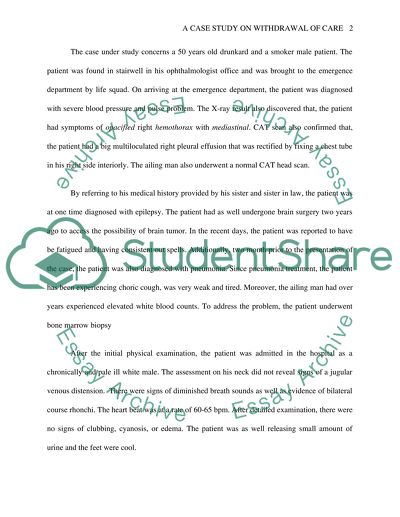Cite this document
(“Withdrawal of Care Case Study Example | Topics and Well Written Essays - 2000 words”, n.d.)
Withdrawal of Care Case Study Example | Topics and Well Written Essays - 2000 words. Retrieved from https://studentshare.org/nursing/1459226-a-case-study-on-withdrawal-of-care
Withdrawal of Care Case Study Example | Topics and Well Written Essays - 2000 words. Retrieved from https://studentshare.org/nursing/1459226-a-case-study-on-withdrawal-of-care
(Withdrawal of Care Case Study Example | Topics and Well Written Essays - 2000 Words)
Withdrawal of Care Case Study Example | Topics and Well Written Essays - 2000 Words. https://studentshare.org/nursing/1459226-a-case-study-on-withdrawal-of-care.
Withdrawal of Care Case Study Example | Topics and Well Written Essays - 2000 Words. https://studentshare.org/nursing/1459226-a-case-study-on-withdrawal-of-care.
“Withdrawal of Care Case Study Example | Topics and Well Written Essays - 2000 Words”, n.d. https://studentshare.org/nursing/1459226-a-case-study-on-withdrawal-of-care.


